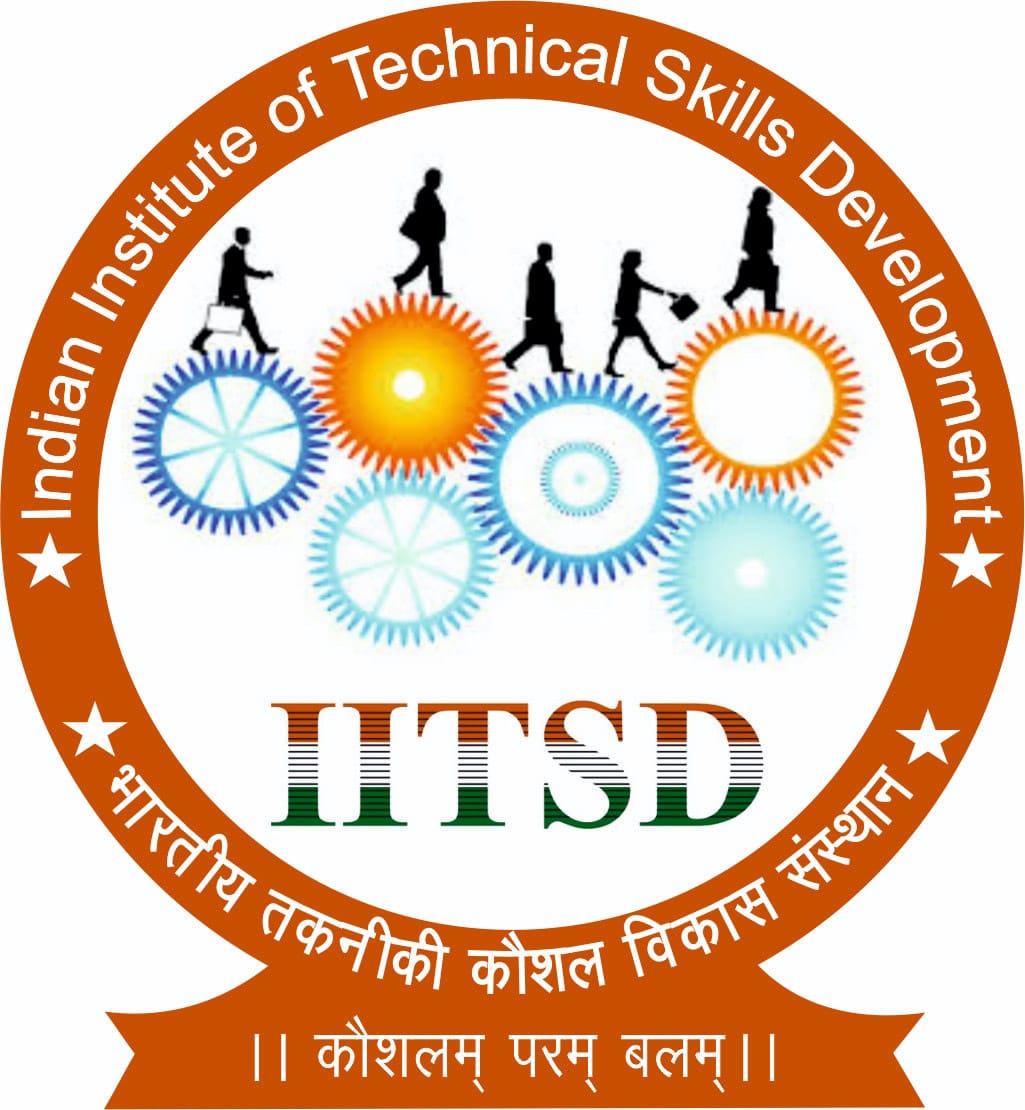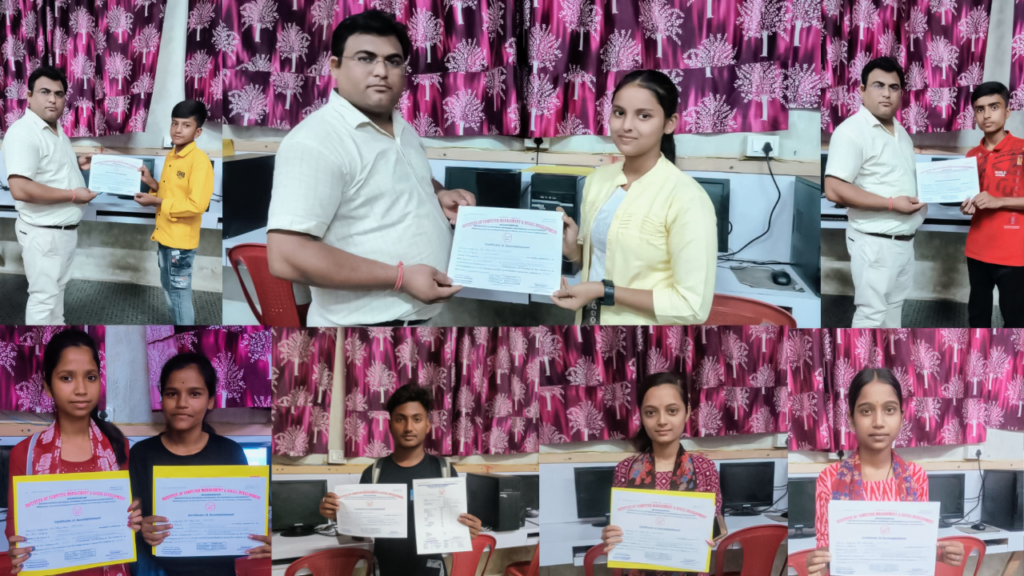1) Fundamentals of Computer
Introduction to Computer
- History of development of computers
- Computer system concepts
- Characteristics
- Capabilities and limitations
- Generations of computers.
- Basic components of a computer system – Control Unit, ALU, I/ O Devices, memory – RAM, ROM,
- EPROM, PROM, Flash Memory and other types of memory.
Storage Devices
- Storage fundamentals – Primary Vs Secondary
- Data Storage and Retrieval methods – Sequential, Direct and Index Sequential.
- Various Storage Devices – Magnetic Tape, Magnetic Disks, Cartridge Tape, Data Drives, Hard Disk
- Drives, Floppy (Winchester Disk), Disks, Optical Disks, CD, VCD, CD-R, CD-RW, Zip Drive, DVD, SVCD.
Computer Software
- Types of Software – System software, Application software, Utility Software, Demo ware, Shareware, Freeware, Firmware, Free Software.
- Operating Systems – Functions, Types – Batch Processing, Single User, Multi User, Multiprogramming, Multi-Tasking.
- Data representation in computers.
- Number System of computers – Binary, Octal, Hexa Decimal – Representation & their conversion.
- Coding System – ASCII, BCD, and EBCDIC etc.
- Computer Viruses
2) Operating System and Application Program
Disk Operating System (DOS)
- Introduction, History & Versions of DOS
DOS basics
- Physical structure of disk, drive name, FAT, file & directory structure and naming rules, booting process, DOS system files.
Basic DOS Commands
- Internal – DIR, MD, CD, RD, Copy, DEL, REN, VOL, DATE, TIME, CLS, PATH, TYPE etc.
- External – CHKDSK, PRINT, DISKCOPY, DOSKEY, MOVE, LABEL, FORMAT, SORT, FDISK, BACKUP, EDIT, MODE, ATTRIB, HELP, SYS etc.
- Executable V/s Non executable files in DOS
Windows
- Windows concepts, features, windows structure, desktop, taskbar, start menu, my computer, Recycle Bin.
- Windows Accessories – Calculator, Notepad, Paint, WordPad, Character map.
- Windows Explorer – Creating folders and other Explorer facilities.
- Entertainment – CD Player, DVD Player, Media Player, Sound Recorder, Volume Control.
3) Microsoft Office (MS Word, Excel, Power Point)
Word Processing : MS Word
Introduction to Word Processing
- Introduction to MS Word: features, Creating, Saving and Opening documents in Word, Interface,
- Toolbars, Ruler, Menus, Keyboard Shortcut.
- Editing a Document – Moving, Scrolling in a document, Opening Multi document windows, Editing Text – Selecting, Inserting, deleting, moving text.
- Previewing documents, Printing documents – Print a document from the standard toolbar, Print a document from the menu, shrinking a document to fit a page, Reduce the number of pages by one.
- Formatting Documents: Paragraph formats, Aligning Text and Paragraph, Borders and Shading, Headers and Footers, Multiple Columns.
Worksheet : MS Excel
- Worksheet basics
- Creating worksheet, entering data into worksheet, heading information, data, text, dates, Cell formatting
- values, saving & protecting worksheet.
- Opening and moving around in an existing worksheet
- Toolbars and Menus, keyboard shortcuts
- Working with single and multiple workbook – coping, renaming, moving, adding and deleting, coping entries and moving between workbooks
- Working with formulas & cell referencing.
- Auto sum
- Coping formulas
- Absolute & Relative addressing
- Working with ranges – creating, editing and selecting ranges, sorting.
- Formatting of worksheet – Auto format, changing – alignment, character styles, column width, date format, borders & colors, currency signs.
- Previewing & Printing worksheet – Page setting, Print titles, Adjusting margins, Page break, headers and footers etc.
- Graphs and charts – using wizards, various charts type, formatting grid lines & legends, previewing & Printing charts.
Presentation Graphics : MS Power Point
- Features and various versions
- Creating presentation using Slide master and template in various color scheme
- Working with different views and menus of power point
- Working with slides – Make new slide, move, copy, delete, duplicate, lay outing of slide, zoom in or out of a slide.
- Editing and formatting text: Alignment, editing, inserting, deleting, selecting, formatting of text, find and replace text.
- Bullets, footer, paragraph formatting, spell checking.
- Printing presentation – Print slides, notes, handouts and outlines.
- Inserting Objects – Drawing and inserting objects using Clip Art’s pictures and charts.
- Custom Animation – slide transition effects and other animation effects.
- Presenting the show – making stand alone presentation
4) Internet Concept
- Fundamental of Internet
- About E-mail
- About search Engine
Duration: 6 Months
If you are interested then enroll right now

